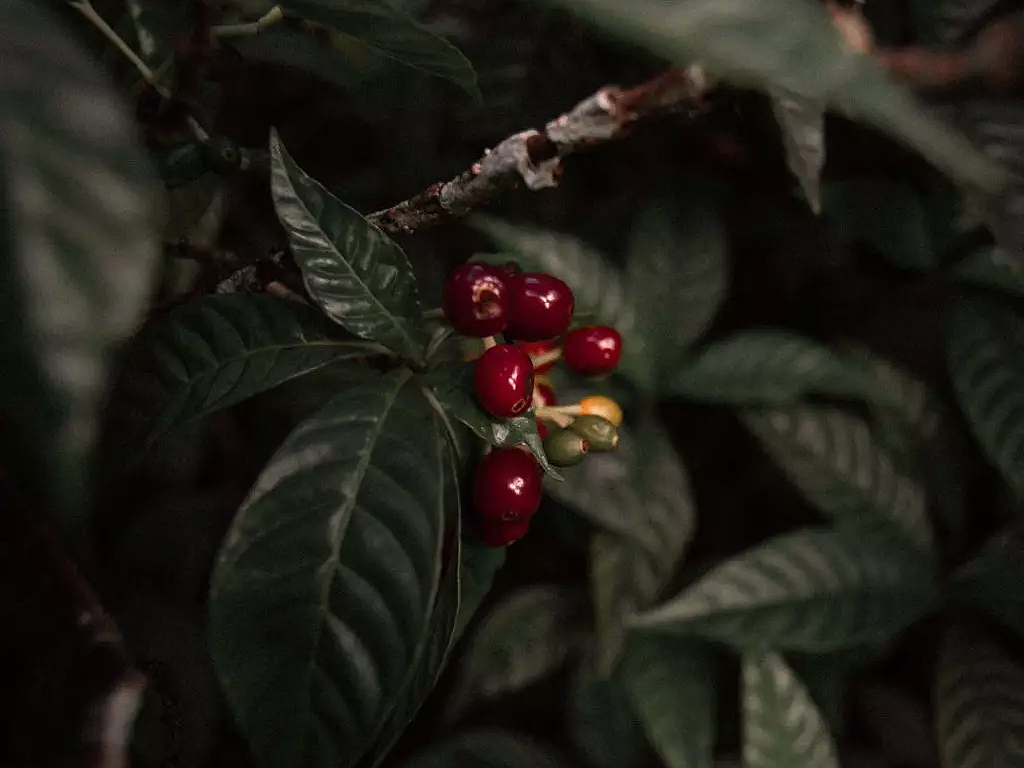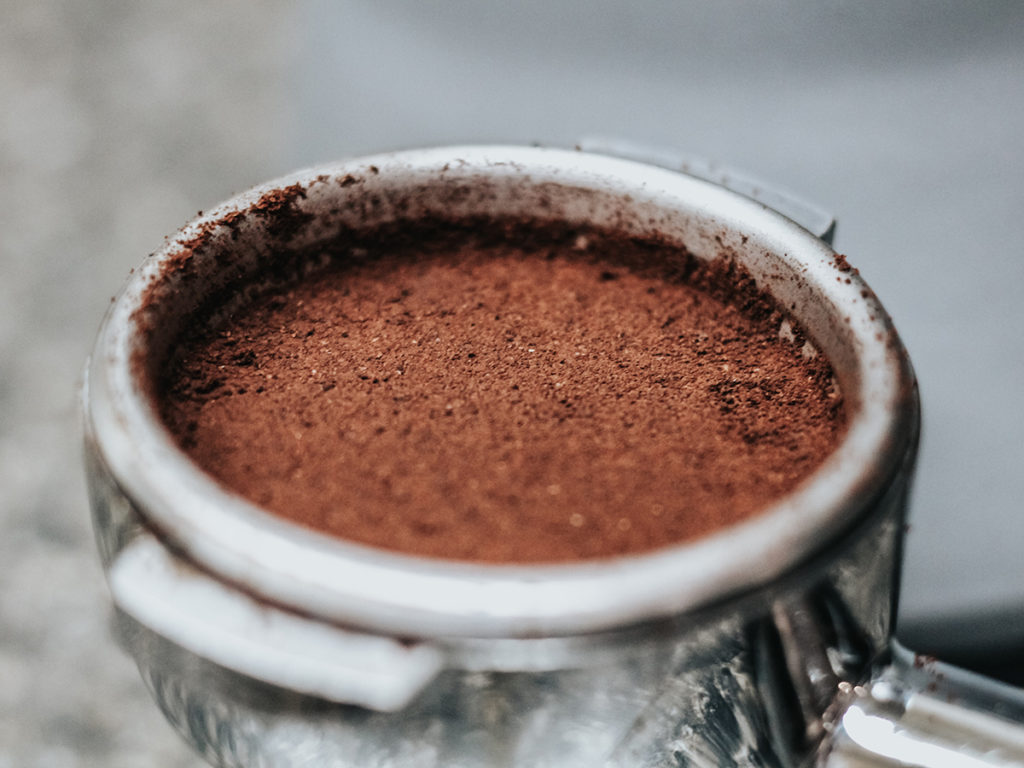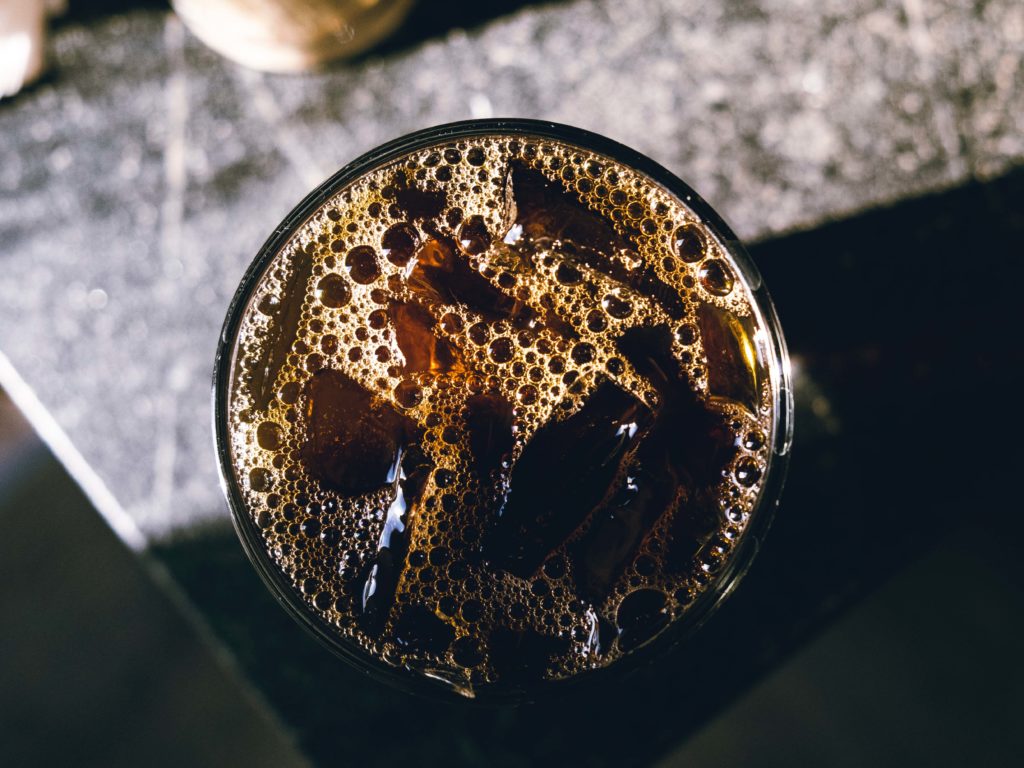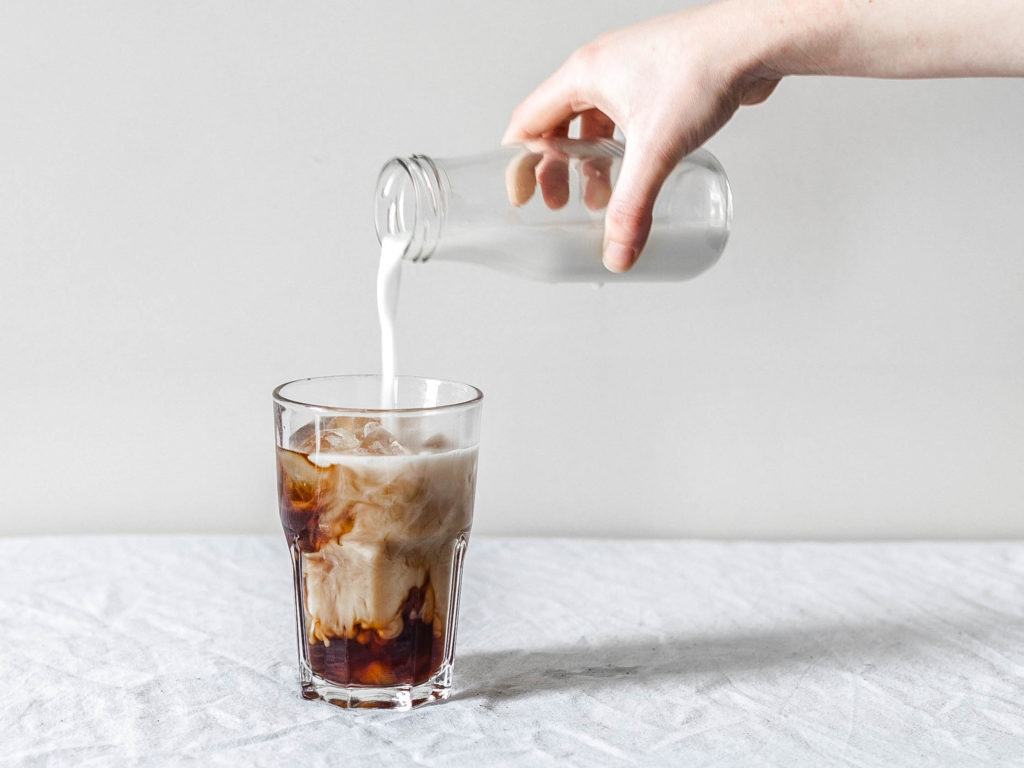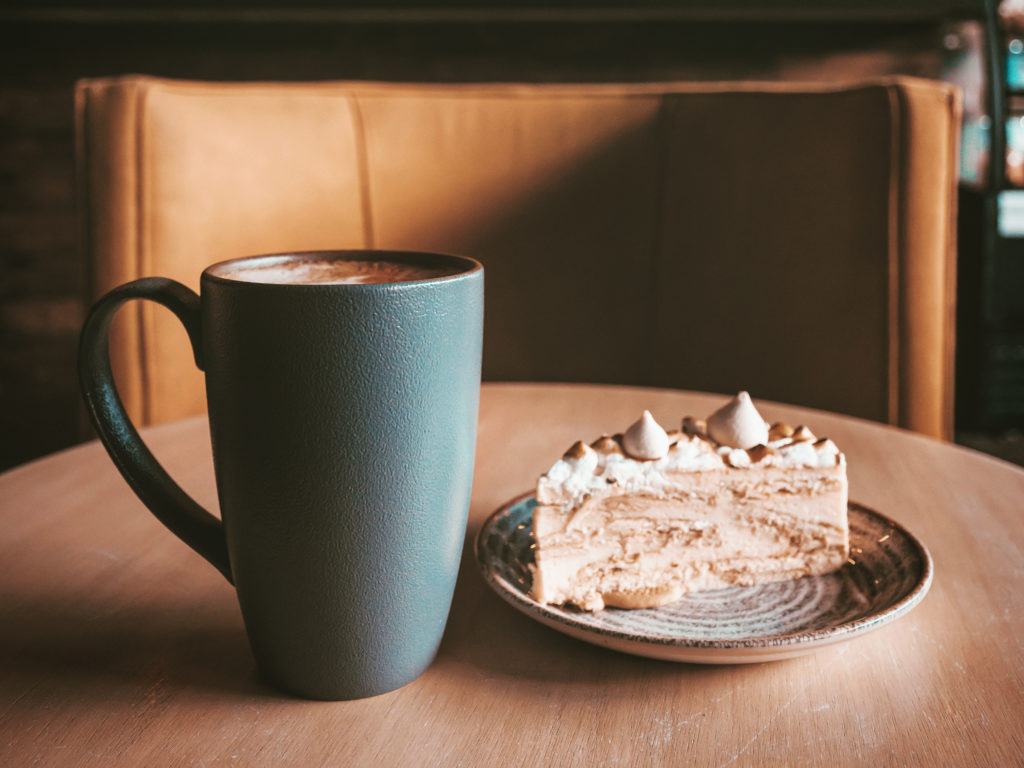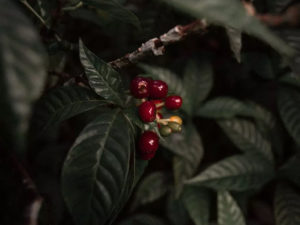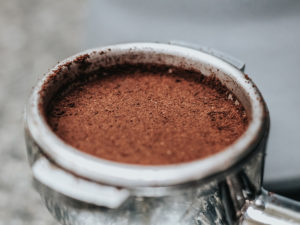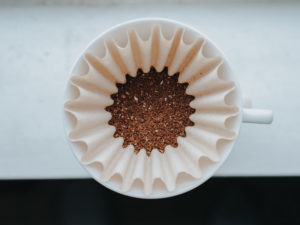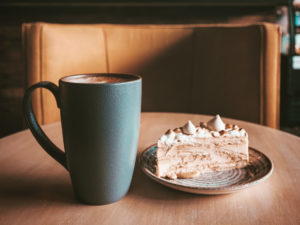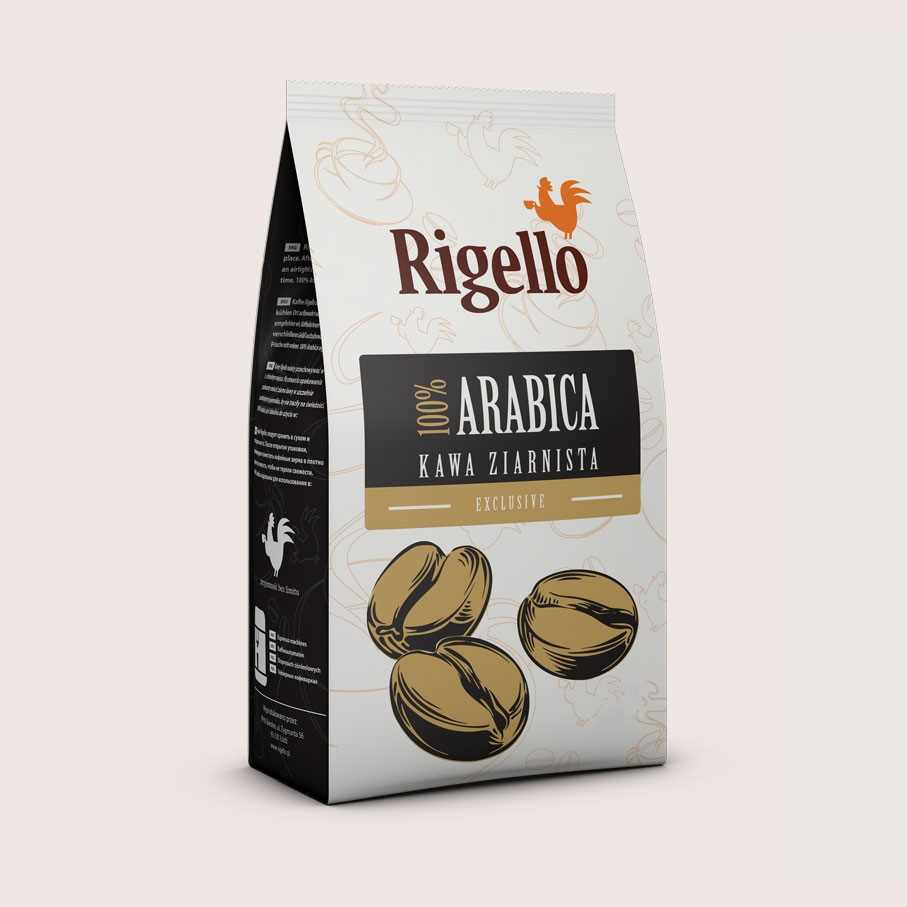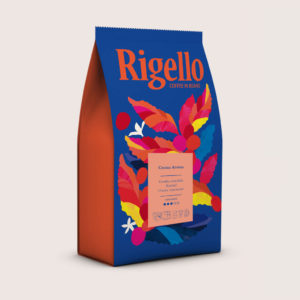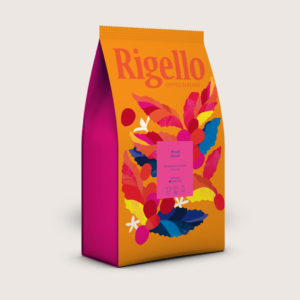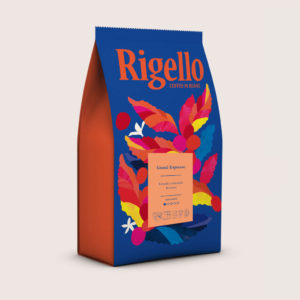No one doubts that coffee and milk are the perfect duo. Although centuries ago it was believed that combining milk with tea was a much better solution, today it is the black drink of the gods that is the perfect base for adding creamy foam to it. Today we will tell you why it is worth using such a combination, which grain mixture to choose to prepare coffee with milk and which coffee specialties with milk are the most popular.
Where did the habit of drinking coffee with milk come from?
It would seem that creamy cappuccino is a drink that has always accompanied us. In fact, the tradition of combining coffee with milk did not become widespread until the 18th century. All this thanks to Jerzy Franciszek Kulczycki, a Polish soldier of Jan III Sobieski, who learned the secrets of preparing Turkish coffee. Once, he received 300 sacks of coffee as a reward from the Turks fleeing from Vienna, which he then used to test different flavors of “small black coffee”.
There are indications that it was Kulczycki who founded the first Viennese cafe “Dom pod Błękitną Bottle”, where something nobody knew before was served – coffee with milk, and over time also enriched with whipped cream. This initially unusual combination over time gained recognition among lovers of delicate coffee flavors and became the basis for the development of classic Italian coffees with milk, such as cappuccino or caffe latte.
At this point, it’s worth asking yourself: “why milk?”. Well, there are many studies showing that the combination of coffee and milk brings many benefits to our health. Milk is especially important for our digestive system – it protects the gastric mucosa against the effects of digestive juices, which are secreted after drinking coffee. Importantly, milk also slows down the process of caffeine absorption, making it beneficial for people who are sensitive to this ingredient. Due to the increased caloric content, coffee with milk is also much more filling compared to traditional espresso.
What to remember when preparing coffee with milk?
Making the perfect coffee with milk requires the right selection of ingredients. The first thing is the choice of milk. Whether you use an espresso machine, drip coffee maker or alternative methods, the type of milk is of great importance to the taste of your coffee. However, there are a few general rules that should be followed when choosing milk for coffee. Here they are:
- coffee milk should be neither too fat nor too thin. While not so long ago it was believed that milk with a high protein content guarantees the perfect taste of coffee, today we know that it does not foam very well and can even distort the taste of the drink. On the other hand, milk that is too low in fat will cause the foam to collapse quickly. Therefore, 3-4% milk is the optimal solution;
- how you heat the milk matters. Some reach for typical, sterilized milk, which has a long shelf life, but a much better option is pasteurized milk, which, despite the short shelf life, is more valuable in terms of nutrition;
- not only cow’s milk can be combined with coffee. The most commonly used and by far the cheapest is cow’s milk, but not everyone can use this option, and some even prefer to reach for plant-based equivalents. We have a variety of plant-based drinks that can be used with coffee, including oat, almond, coconut or rice milk. However, it is worth remembering that they give the coffee a specific flavor.
- the temperature of the milk is important to the taste of the coffee. It is believed that before frothing the milk should be cooled to a temperature of around 4 °C, while after processing it should be around 60-70 °C. At the same time, remember not to overheat the milk that you want to use for coffee – above 70 ° C, the protein curdles and the coffee may completely lose its taste.
What mix of beans to choose for coffee with milk?
The main factor to consider when selecting a blend of coffee beans and milk is the degree of roasting. Such a designation should be placed on the packaging of roasted coffee. In the case of lightly roasted beans, we sense primarily citrus and acid notes, which in combination with milk do not taste very good. Therefore, it is better to choose medium or dark roasted beans for milk coffee. What’s more, if you want a really tasty drink, avoid those blends that are roasted for alternative methods and reach for those that are roasted for espresso. Such beans are ground finer, thanks to which the extraction is fuller and the coffee taste more pronounced.
What about coffee beans? If you prefer mild, milky flavors, opt for 100% Arabica, and if you prefer a distinct, slightly more bitter taste, try this blend that has an admixture of robusta beans. Let us also remember that robusta makes the taste of coffee pleasantly contrast with the creaminess obtained thanks to warm milk. The advantage of Arabica is that its taste is much richer, and the beans contain more sugar.
The last point is the origin of the beans, which can also tell us a lot about how milk coffee will taste. In this regard, we recommend mainly Brazilian coffees, e.g. Brazil Peaberry, Brazil Sunrise Dattera and Brazil Yellow Bourbon. Due to the high acidity, we advise you to avoid coffee blends based on African beans.
Types of coffee with milk
Each coffee drink with milk is based on a properly prepared espresso. It is this black essence that is the source of the unique taste of the whole specialty, while the milk is only an addition that allows us to freely balance the final effect. Of course, the easiest way would be to brew black coffee and add a little milk to it. However, the variety of coffee drinks makes it possible to experiment in this matter and create various types of milk coffees. Among the most popular are:
- cappuccino – in simple terms, it is a sweet coffee with milk, in which a small espresso (about 25 ml) is combined with 100 ml of heated and frothed milk. Such milk can be obtained in an espresso machine or with a manual frother. How do you recognize a well-prepared cappuccino? After the fluffy foam visible on it, which floats on the surface of the coffee;
- latte– one of the most delicate milk coffees, which is worth serving especially in the afternoon. This is because latte contains a large amount of milk, which reduces the effect of caffeine on our body. Latte is served in a tall glass made of clear glass, in which espresso is combined with a large portion of warm, slightly frothed milk;
- latte macchiato– it is quite similar to a classic latte, but in this case it is a three-layer coffee. The key to a perfect latte macchiato is to froth the hot milk and pour it into the glass, then add the coffee essence. The milk then separates into warm milk and milk froth, with a layer of coffee in between;
- flat white– this is a specialty originating from New Zealand. This “white flat coffee” is served as a double espresso, to which, as in cappuccino and latte, we pour frothed milk. The difference, however, is that the milk here is very lightly frothed, because ultimately the drink should be flat on the surface.
Unusual ideas for coffee with milk
Milk coffees give us unlimited possibilities to experiment and create completely new flavor combinations that gently stimulate our taste buds. Among such specialties are:
- Marocchino – a sweet drink originating from the Italian Piedmont, which is served in an elegant glass. Pour a little milk foam into the espresso and sprinkle the whole thing with grated chocolate;
- Bajigur– this is a traditional Indonesian coffee in which cow’s milk is replaced with coconut milk. To prepare such a specialty, first boil water with the addition of ginger, and then use it to prepare espresso. The next step is to heat the milk and pour it with coffee into a tall glass. Sweeten the finished drink with a teaspoon of brown sugar and a pinch of salt;
- Hong Kong Espresso – this is a great alternative to an energy drink that perfectly stimulates you to action. To prepare it, combine 30 ml of espresso, 70 ml of tea (black or green), and finally add milk and a little sugar. Due to the high content of theine and caffeine, such coffee is a real energy bomb, which is perfect for e.g. while studying.

